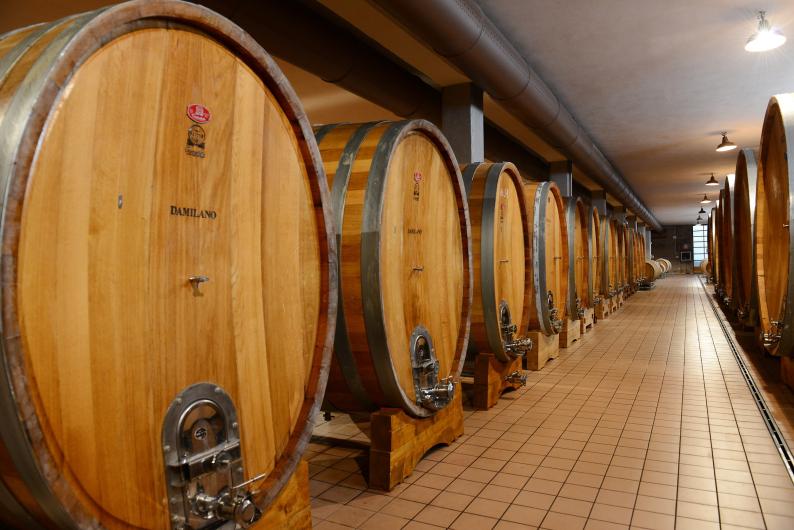Damilano Langhe Arneis

Wine Description
Damilano is one of the oldest wineries in Barolo. The family business dates back to 1890 when Giuseppe Borgogno started cultivating and producing wine from the grapes from his own vineyards. Giuseppe improved the general quality of the vinification system and of the wines, turning the winery into a “jewel” of the Langhe area. In 1997 Giuseppe passed the winery on to his grandchildren Paolo, Mario and Guido. Together, they are working to keep and improve the level of the quality of the Damilano wines.
 Acclaim
Acclaim
 Vineyard & Production Info
Vineyard & Production Info
 Winemaking & Aging
Winemaking & Aging
 Analytical Data
Analytical Data
 Wine Production
Wine Production
Arneis is cultived in the Roero area, on the left bank of the Tanaro river between Langhe and Monferrato. Millions of years ago salty water reached the Alps before progressively withdrawing and leaving behind huge deposits of sand.
What was once a seabed has transformed into the Roero hills. Despite their proximity, the Roero is much younger than the Langhe and it certainly owes its characteristics to the Tanaro river, which diverted from its original course 250,000 years ago and flooded the southern lowlands. The climate is continental, temperate cold, with a fairly precise alternation of seasons. The diurnal swings in temperature between day and night of this area favor the concentration of the aromas and ensure that the grape has a good balance.





